Introductory Guide to AOM and the Annual Meeting
Table of Contents
The Invisible College | Get to Know Your Community | How the Annual Meeting Program is Created | Pulling It All Together | Volunteering
The following guide is a brief overview and user manual for first-time attendees of the Academy of Management's Annual Meeting. This guide was first written by AOM member Alan Meyer in 2012 as "A Hitch Hiker's Guide to the Academy of Management" to orient a group of 25 young African scholars who were about to make their first visit to the Annual Meeting, and assumes that the reader had no familiarity with AOM or attending a large, academic conference.
Thank you Alan for your inspiration in guiding our new members!
The Invisible College
The Academy of Management mirrors the concept of an Invisible College, a philosophy that dates to the 17th century as a small community of interacting scholars who often met face-to-face, exchanged ideas, and encouraged each other. AOM’s global members often meet and network virtually but come together in person at the Annual Meeting, promoting scholarly relationships and discussions that elevate members' voices and seek to amplify their ideas. This collective engagement of members makes AOM a valuable professional network.
Get to Know Your Community
Divisions and Interest Groups (DIGs)
AOM is designed as a “big tent” with many “small houses”. AOM is home to 26 Divisions and Interest Groups (DIGs) that represent the main areas of management theory, research, teaching, and practice. Each DIG organizes its own specialized set of activities that align with member interests.
Membership allows you to join two Divisions and/or Interest Groups with the option to join additional DIGs at a nominal cost. DIGs reflect a broad range of member interests within various management disciplines and provide collegial collective relationships among members within a particular subject area who share similar aspects of research, interests, and professional scholarship.
![]() Many new members find it useful to join a large home disciplinary DIG and a smaller, specialized DIG.
Many new members find it useful to join a large home disciplinary DIG and a smaller, specialized DIG.
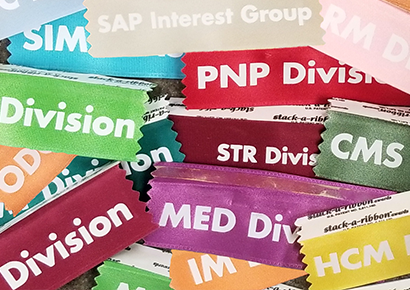
The biggest DIGs are Organizational Behavior (OB), Strategic Management (STR), and Organization and Management Theory (OMT). But there are lots of smaller, more specialized divisions as well.
DIGs offer resources such as professional development opportunities, recognition programs, career mentoring, virtual events, and member communications specific to each DIG. If you don’t immediately spot a DIG that resonates with your own interests, read each DIG’s domain statement to get a better understanding. You may find that the DIGs have a wider, and more inclusive, scope than their names first suggest.
A DIG is the “intellectual home” for AOM members, and there are nearly 30,000 member connections between AOM’s DIGs.
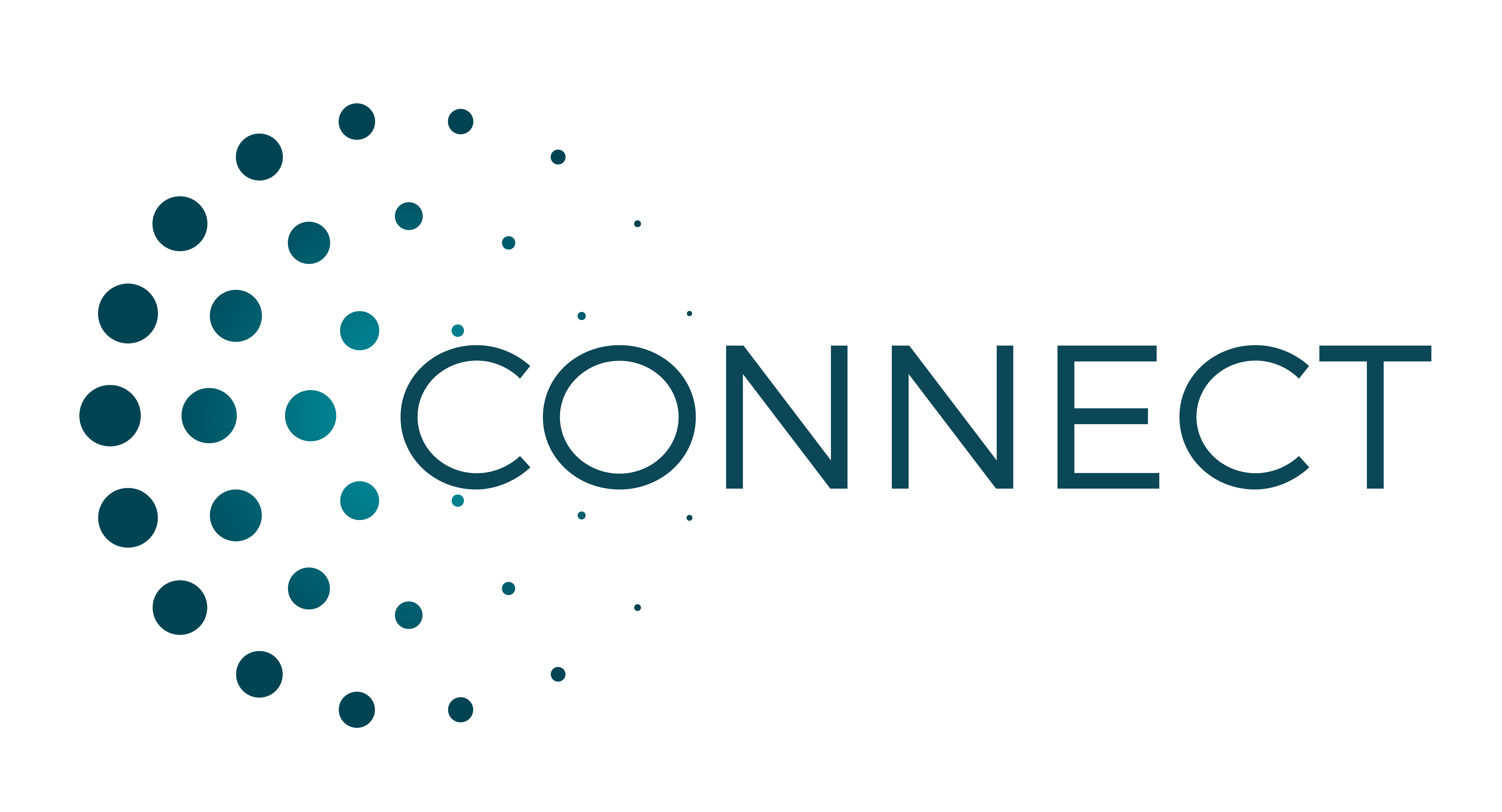
How the Annual Meeting Program is Created
Annual Meeting Program
The Annual Meeting program consists of accepted, peer-reviewed papers, professional development workshops (PDWs), symposia, caucuses and poster sessions. Submissions for the Annual Meeting open in December and are then peer-reviewed through
February. Acceptances go out in March or April, and the program is published in June. These dates may change slightly each year.
- Call for Submissions and Reviewers published in November
- Submission Center opens in early December
- Reviewer Sign Up opens in early December
- Submission Deadline in early to mid-January
- Review Period in mid-January through February
- Decisions announced in late March
- Registration opens in March
- Annual Meeting Program available in late May / early June
- Annual Meeting in early August
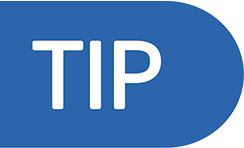 The online program includes papers and additional supplemental materials that can be read before, during, or after the Annual Meeting. This is a great way to figure out which sessions you would like to
attend and which scholars you would like to meet.
The online program includes papers and additional supplemental materials that can be read before, during, or after the Annual Meeting. This is a great way to figure out which sessions you would like to
attend and which scholars you would like to meet.
Submissions
AOM is the best venue for receiving feedback on your research and other work in progress. Submitting papers and proposals is a great way to participate in the Annual Meeting and share your work and knowledge with fellow management and organization
scholars.
You do not need to be a member to submit your work to the Annual Meeting However, if your submission is accepted, membership is required to attend and present at the Annual Meeting.
Reviewing
AOM relies on and greatly appreciates reviewers as well. AOM highly encourages volunteers (both members and non-members) to review for at least one Division or Interest Group (DIG) or for TLC@AOM, especially if you are planning to submit a
proposal. Reciprocal reviews provide submitters with high-quality and important feedback on their work.
 Volunteering
to review submissions from DIGs other than your own is a great way to network, share expertise, and learn about other disciplines.
Volunteering
to review submissions from DIGs other than your own is a great way to network, share expertise, and learn about other disciplines.

Annual Meeting Program
The Annual Meeting program consists of accepted, peer-reviewed papers, professional development workshops (PDWs), symposia, caucuses and poster sessions. Submissions for the Annual Meeting open in December and are then peer-reviewed through February. Acceptances go out in March or April, and the program is published in June. These dates may change slightly each year.
- Call for Submissions and Reviewers published in November
- Submission Center opens in early December
- Reviewer Sign Up opens in early December
- Submission Deadline in early to mid-January
- Review Period in mid-January through February
- Decisions announced in late March
- Registration opens in March
- Annual Meeting Program available in late May / early June
- Annual Meeting in early August
![]() The online program includes papers and additional supplemental materials that can be read before, during, or after the Annual Meeting. This is a great way to figure out which sessions you would like to
attend and which scholars you would like to meet.
The online program includes papers and additional supplemental materials that can be read before, during, or after the Annual Meeting. This is a great way to figure out which sessions you would like to
attend and which scholars you would like to meet.
Submissions
AOM is the best venue for receiving feedback on your research and other work in progress. Submitting papers and proposals is a great way to participate in the Annual Meeting and share your work and knowledge with fellow management and organization scholars.
You do not need to be a member to submit your work to the Annual Meeting However, if your submission is accepted, membership is required to attend and present at the Annual Meeting.
Reviewing
AOM relies on and greatly appreciates reviewers as well. AOM highly encourages volunteers (both members and non-members) to review for at least one Division or Interest Group (DIG) or for TLC@AOM, especially if you are planning to submit a proposal. Reciprocal reviews provide submitters with high-quality and important feedback on their work.
![]() Volunteering
to review submissions from DIGs other than your own is a great way to network, share expertise, and learn about other disciplines.
Volunteering
to review submissions from DIGs other than your own is a great way to network, share expertise, and learn about other disciplines.
Pulling It All Together
Creating Your Annual Meeting Schedule
Going through the schedule can be overwhelming! One way to narrow the results is to limit your search to your area(s) of interest. You can also search by presenter, university, keyword, and type of session, and add these to your customized
schedule.
You may also browse the online program by Division or Interest Group. Use the “sponsor” filter to browse through the paper and symposium sessions that your favorite DIGs offer. When you find a session that sounds interesting, you
can add it to your schedule. Beyond searching the schedule, you can learn about things to do by reading your DIG’s emails and newsletters.
Remember: it’s ok if you don’t get to everything in your schedule. The Annual Meeting is extensive, and half the battle is taking in as much as you can without burning out. You can always go back and read the papers and supplemental
material and reach out to the presenter(s) afterwards if need be.

- Don’t wait until you’re at the conference to create your schedule—review the on-line program and select your favorite sessions before you arrive.
- Pay attention to the location of events – sessions are scheduled in the main convention center and at different conference hotels. Depending on the location, it may take 15-20 minutes to travel between venues.
“Must Add” Events:
- Friday night Opening Reception
- Meet the Editor journal sessions
- Exhibit Hall
- Social Events

Creating Your Annual Meeting Schedule
Going through the schedule can be overwhelming! One way to narrow the results is to limit your search to your area(s) of interest. You can also search by presenter, university, keyword, and type of session, and add these to your customized schedule.
You may also browse the online program by Division or Interest Group. Use the “sponsor” filter to browse through the paper and symposium sessions that your favorite DIGs offer. When you find a session that sounds interesting, you can add it to your schedule. Beyond searching the schedule, you can learn about things to do by reading your DIG’s emails and newsletters.
Remember: it’s ok if you don’t get to everything in your schedule. The Annual Meeting is extensive, and half the battle is taking in as much as you can without burning out. You can always go back and read the papers and supplemental material and reach out to the presenter(s) afterwards if need be.
- Don’t wait until you’re at the conference to create your schedule—review the on-line program and select your favorite sessions before you arrive.
- Pay attention to the location of events – sessions are scheduled in the main convention center and at different conference hotels. Depending on the location, it may take 15-20 minutes to travel between venues.
“Must Add” Events:
- Friday night Opening Reception
- Meet the Editor journal sessions
- Exhibit Hall
- Social Events

Session Types
Caucuses
Caucuses are freewheeling, facilitated conversations about emerging
issues, social problems, and novel research topics. They are not formal presentations planned with designated speakers. The organizers usually serve as discussion leaders but do not make a formal presentation. Caucuses provide an opportunity
for scholars to innovate, share, and discuss fresh ideas that are still in the incubatory stage. Caucuses allow participants to collaborate, develop new ideas, and explore emerging topics in a convenient, informal way to develop a community
and spark potential collaborations.
Caucuses
Caucuses are freewheeling, facilitated conversations about emerging issues, social problems, and novel research topics. They are not formal presentations planned with designated speakers. The organizers usually serve as discussion leaders but do not make a formal presentation. Caucuses provide an opportunity for scholars to innovate, share, and discuss fresh ideas that are still in the incubatory stage. Caucuses allow participants to collaborate, develop new ideas, and explore emerging topics in a convenient, informal way to develop a community and spark potential collaborations.
Paper Sessions
Each paper session consists of three to
five papers with a session moderator who handles introductions, time keeping, and guides the session. Each author has a set amount of time to present their work. All paper sessions are scheduled in 90-minute time blocks as part of the scholarly
program.
Paper Sessions
Each paper session consists of three to five papers with a session moderator who handles introductions, time keeping, and guides the session. Each author has a set amount of time to present their work. All paper sessions are scheduled in 90-minute time blocks as part of the scholarly program.
Plenary Sessions
Plenary sessions, one per DIG, are offered on Sunday, Monday, or Tuesday. Plenary sessions, often with keynote addresses, help create a stronger sense of member affinity within a DIG. The purpose is to help provide attendees the opportunity to
experience a sense of community, common identity, and purpose within DIGs as they are often the primary focus of identification and attachment for members.
Plenary Sessions
Plenary sessions, one per DIG, are offered on Sunday, Monday, or Tuesday. Plenary sessions, often with keynote addresses, help create a stronger sense of member affinity within a DIG. The purpose is to help provide attendees the opportunity to experience a sense of community, common identity, and purpose within DIGs as they are often the primary focus of identification and attachment for members.
Poster Sessions
Poster sessions encourage open dialogue and are a great way for researchers to share their work in a less formal setting compared to traditional presentations while still being an official part of the program. A poster submission includes an extended
abstract manuscript that will be reviewed by the selected Division or Interest Group (DIG).
Poster Sessions
Poster sessions encourage open dialogue and are a great way for researchers to share their work in a less formal setting compared to traditional presentations while still being an official part of the program. A poster submission includes an extended abstract manuscript that will be reviewed by the selected Division or Interest Group (DIG).
Professional Development Workshops (PDWs)
PDWs include a wide variety of session formats and learning experiences led by experts in the topic with intended takeaways for the participants. They include doctoral and junior faculty consortia that are organized by AOM's DIGs and affiliates
who have designated PDW Chairs to manage the session selection procedure. These can take a variety of forms including tutorials, town hall meetings, breakout sessions, debates, roundtables, tours, or research incubators. PDWs may require pre-registration
and often fill up early—be sure to register for these as soon as possible.
Professional Development Workshops (PDWs)
PDWs include a wide variety of session formats and learning experiences led by experts in the topic with intended takeaways for the participants. They include doctoral and junior faculty consortia that are organized by AOM's DIGs and affiliates who have designated PDW Chairs to manage the session selection procedure. These can take a variety of forms including tutorials, town hall meetings, breakout sessions, debates, roundtables, tours, or research incubators. PDWs may require pre-registration and often fill up early—be sure to register for these as soon as possible.
Symposia
In symposium sessions, several speakers discuss
a common topic or theme in a manner that brings new insights to the subject. There are two types of symposia: Panel Symposia and Presenter Symposia. Symposia can be singly sponsored by a DIG, or jointly sponsored by up to three DIGs. All symposium
sessions are scheduled in 90-minute time blocks as part of the scholarly program.
Symposia
In symposium sessions, several speakers discuss a common topic or theme in a manner that brings new insights to the subject. There are two types of symposia: Panel Symposia and Presenter Symposia. Symposia can be singly sponsored by a DIG, or jointly sponsored by up to three DIGs. All symposium sessions are scheduled in 90-minute time blocks as part of the scholarly program.
Networking at the Annual Meeting
Because there are so many different venues, and so many people bustling around, it is a good idea to develop a strategy and a personalized schedule for the conference.
Most DIGs have a business meeting scheduled on the program, followed by a social hour. Attending these events will be one of your best opportunities to network with scholars who share your specialized research interests.
 Sign up early! There are some great events for all stages of your academic journey but many of them require advance registration. If you wait until the last minute to look at the schedule, you may miss
out due to reservation limits.
Sign up early! There are some great events for all stages of your academic journey but many of them require advance registration. If you wait until the last minute to look at the schedule, you may miss
out due to reservation limits.
Networking Receptions and ICW's
In addition to AOM sessions on research and teaching, several universities, journals, and other organizations host receptions and/or parties during the Annual Meeting. A few of these are by invitation only, but most are open house events,
where all attendees are welcome.
These events are mainly intended to publicize the host's school, academic program, or journal. Most parties serve snacks and drinks. The etiquette at AOM parties is to walk in, identify someone who is a representative of the hosting group,
and introduce yourself. These events are good places for networking, conversations about research, and so forth.
Navigating the Invisible College
Many of the research papers are available for viewing in the online program. Reading them in advance provides one of the best ways for a young scholar to gain entry to the invisible college. Past attendees suggest:
- Use a keyword search to find papers of interest (filtering by the DIGs that lie closest to your interests)
- Download and read papers that sound most intriguing to you
- Attend the session and introduce yourself to the author(s) afterwards
If you can’t make it to the session, the online program also includes email and chat capabilities. Send the authors of interesting papers an email introducing yourself.
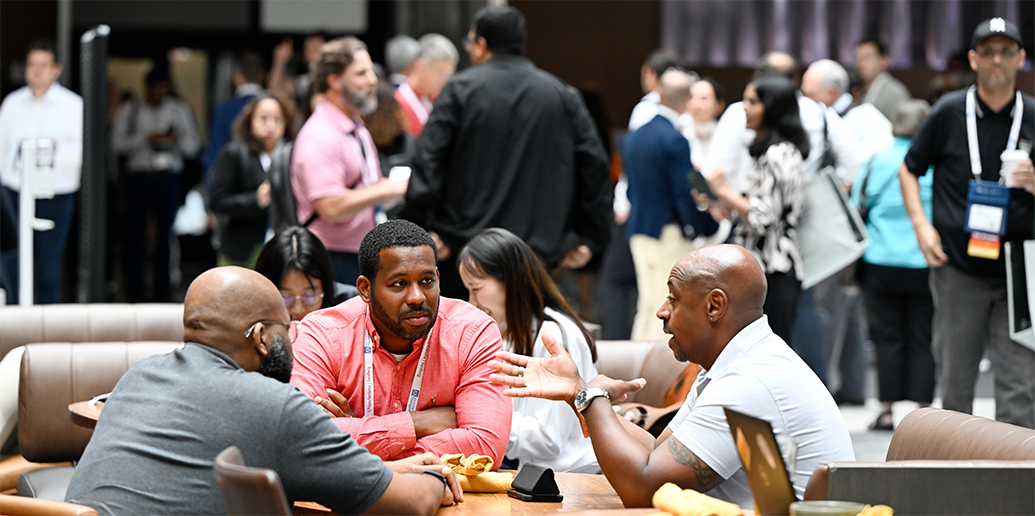
Networking at the Annual Meeting
Because there are so many different venues, and so many people bustling around, it is a good idea to develop a strategy and a personalized schedule for the conference.
Most DIGs have a business meeting scheduled on the program, followed by a social hour. Attending these events will be one of your best opportunities to network with scholars who share your specialized research interests.
![]() Sign up early! There are some great events for all stages of your academic journey but many of them require advance registration. If you wait until the last minute to look at the schedule, you may miss
out due to reservation limits.
Sign up early! There are some great events for all stages of your academic journey but many of them require advance registration. If you wait until the last minute to look at the schedule, you may miss
out due to reservation limits.
Networking Receptions and ICW's
In addition to AOM sessions on research and teaching, several universities, journals, and other organizations host receptions and/or parties during the Annual Meeting. A few of these are by invitation only, but most are open house events, where all attendees are welcome.
These events are mainly intended to publicize the host's school, academic program, or journal. Most parties serve snacks and drinks. The etiquette at AOM parties is to walk in, identify someone who is a representative of the hosting group,
and introduce yourself. These events are good places for networking, conversations about research, and so forth.
Navigating the Invisible College
Many of the research papers are available for viewing in the online program. Reading them in advance provides one of the best ways for a young scholar to gain entry to the invisible college. Past attendees suggest:
- Use a keyword search to find papers of interest (filtering by the DIGs that lie closest to your interests)
- Download and read papers that sound most intriguing to you
- Attend the session and introduce yourself to the author(s) afterwards
If you can’t make it to the session, the online program also includes email and chat capabilities. Send the authors of interesting papers an email introducing yourself.

Student Member Resources
New Doctoral Student Consortia (NDSC)
The NDSC is the only cross-disciplinary AOM Annual Meeting event designed specifically for first and second-year doctoral students, as well as those considering the doctoral path. Open to members of all AOM divisions, this interactive session is designed to integrate participants into the AOM academic community and to provide a foundation for excelling in doctoral life.
Doctoral Consortia
During the Annual Meeting, student members can attend sessions specially designed with them in mind, regardless of where they are in their doctoral program. Note: these require pre-registration, and many require an application well in advance.
Career Fair
Career Services is where you will find job postings and career coaching. Students can also participate in the Annual Meeting Career Fair and meet with hiring institutions in a one-on-one informational interview.
Career Coaching
During the Annual Meeting, sign up to meet with a coach to review your CV, walk through a mock interview, and sharpen your salary negotiation skills. If
you already have a job, coaches can suggest next steps if you don’t secure tenure, want to move into an administrative role, or move to another country. Our coaching center is the best place to reach someone outside of the Annual
Meeting. Select from one of our seasoned AOM coaches and set up a mutual time to meet. Coaching is also available to members year-round.
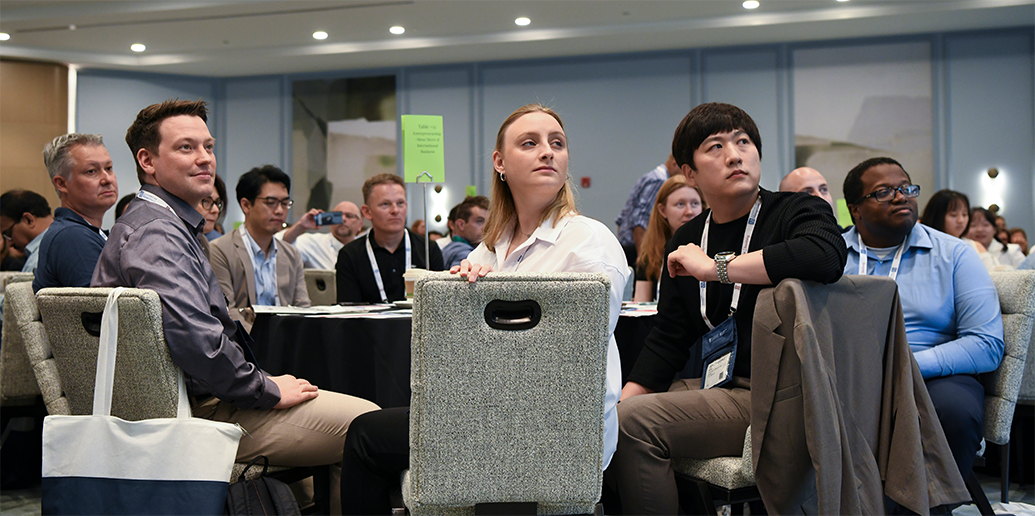
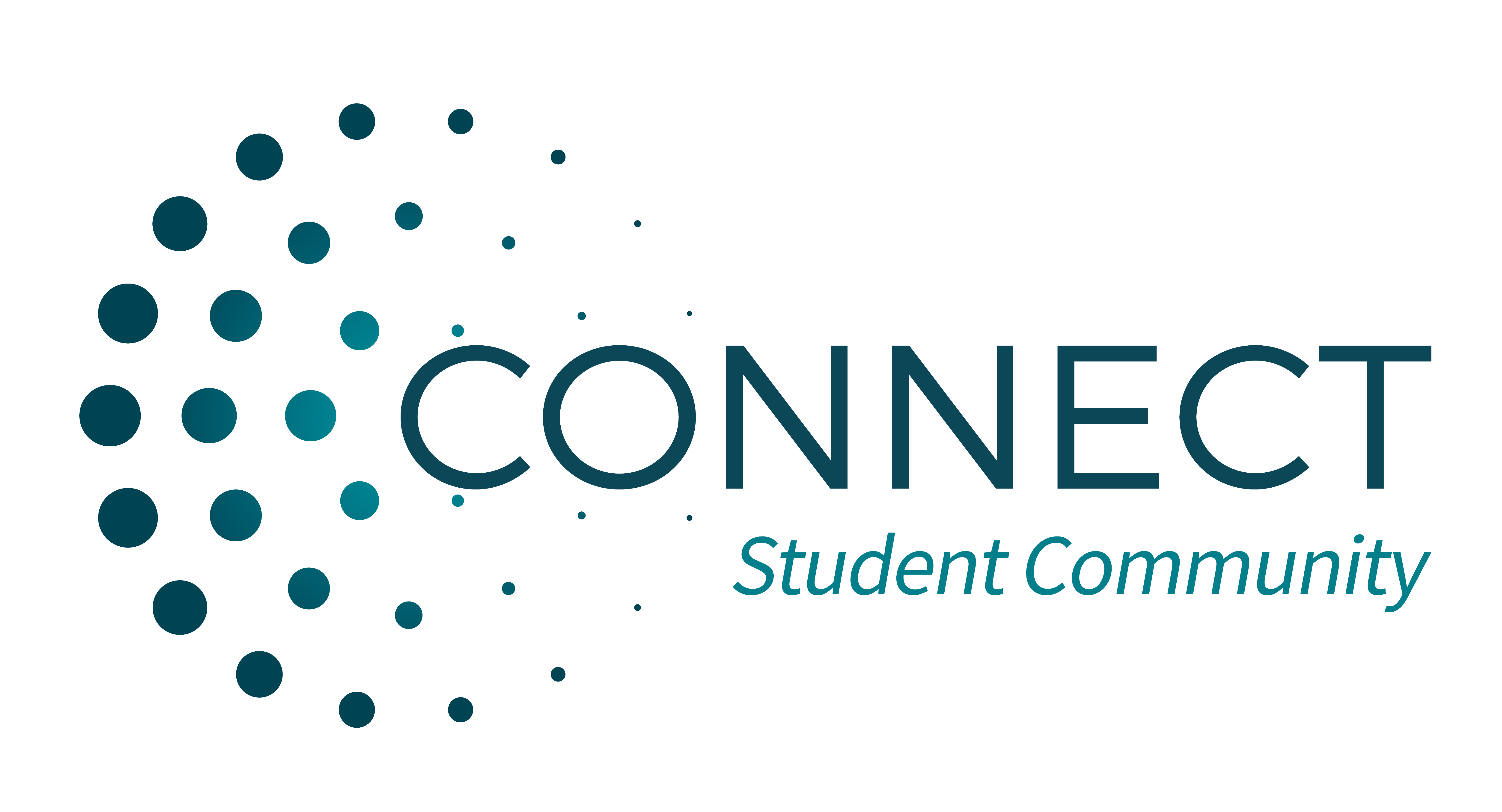
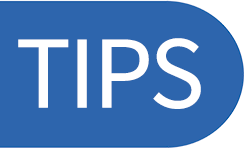 All students are automatically enrolled in our student-run community on Connect@AOM where they can engage virtually with fellow students across all DIGs.
All students are automatically enrolled in our student-run community on Connect@AOM where they can engage virtually with fellow students across all DIGs.
Student Member Resources
New Doctoral Student Consortia (NDSC)
The NDSC is the only cross-disciplinary AOM Annual Meeting event designed specifically for first and second-year doctoral students, as well as those considering the doctoral path. Open to members of all AOM divisions, this interactive session is designed to integrate participants into the AOM academic community and to provide a foundation for excelling in doctoral life.
Doctoral Consortia
During the Annual Meeting, student members can attend sessions specially designed with them in mind, regardless of where they are in their doctoral program. Note: these require pre-registration, and many require an application well in advance.
Career Fair
Career Services is where you will find job postings and career coaching. Students can also participate in the Annual Meeting Career Fair and meet with hiring institutions in a one-on-one informational interview.
Career Coaching
During the Annual Meeting, sign up to meet with a coach to review your CV, walk through a mock interview, and sharpen your salary negotiation skills. If you already have a job, coaches can suggest next steps if you don’t secure tenure, want to move into an administrative role, or move to another country. Our coaching center is the best place to reach someone outside of the Annual Meeting. Select from one of our seasoned AOM coaches and set up a mutual time to meet. Coaching is also available to members year-round.


Travel
Advance travel planning and early visa application is
encouraged. Members are encouraged to secure hotel rooms through the AOM Housing Bureau.
Booking within the designated hotel blocks is a great way to reduce your overall attendance costs.
 Plan your hotel strategically and make your reservation as early as possible as hotels often sell out. Each division has a primary location. If there is a particular division you are interested in, stay
at the hotel where you will likely have most of your sessions.
Plan your hotel strategically and make your reservation as early as possible as hotels often sell out. Each division has a primary location. If there is a particular division you are interested in, stay
at the hotel where you will likely have most of your sessions.
Packing Tips
- While there is no official dress code, business casual attire is accepted and preferred. If you are attending interviews at the Career Fair, business attire is required.
- Comfortable walking shoes--sessions take place across several properties--save your feet!
- A jacket/sweater--public space air conditioning can leave you chilled.
- Bring an easy to carry bag or backpack. You may leave your hotel room early and return late on most days. To keep from needing to run back to your room, fill your bag with things to help you make it through the day: a phone charger or
backup battery, notepad, pens, and snacks.
Miscellaneous Tips
- Bring business cards – you can tuck a few into your name badge holder. After the conference, follow up with the people you meet, and don’t forget to send them any promised resources or articles.
- Use social media to share your photos and browse what attendees are saying. The Annual Meeting hashtag is #AOM and the conference year (#AOM2023, #AOM2024, etc.). You can also tag AOM at @AOMConnect on X so we can see your posts!
- Give yourself time to explore the Exhibit Hall, pick up free swag, and find resources to share when you return home.
- Take advantage of receptions, breakfasts, and socials that provide free food and beverages. These are also great places to meet members!

Travel
Advance travel planning and early visa application is encouraged. Members are encouraged to secure hotel rooms through the AOM Housing Bureau. Booking within the designated hotel blocks is a great way to reduce your overall attendance costs.
![]() Plan your hotel strategically and make your reservation as early as possible as hotels often sell out. Each division has a primary location. If there is a particular division you are interested in, stay
at the hotel where you will likely have most of your sessions.
Plan your hotel strategically and make your reservation as early as possible as hotels often sell out. Each division has a primary location. If there is a particular division you are interested in, stay
at the hotel where you will likely have most of your sessions.
Packing Tips
- While there is no official dress code, business casual attire is accepted and preferred. If you are attending interviews at the Career Fair, business attire is required.
- Comfortable walking shoes--sessions take place across several properties--save your feet!
- A jacket/sweater--public space air conditioning can leave you chilled.
- Bring an easy to carry bag or backpack. You may leave your hotel room early and return late on most days. To keep from needing to run back to your room, fill your bag with things to help you make it through the day: a phone charger or backup battery, notepad, pens, and snacks.
Miscellaneous Tips
- Bring business cards – you can tuck a few into your name badge holder. After the conference, follow up with the people you meet, and don’t forget to send them any promised resources or articles.
- Use social media to share your photos and browse what attendees are saying. The Annual Meeting hashtag is #AOM and the conference year (#AOM2023, #AOM2024, etc.). You can also tag AOM at @AOMConnect on X so we can see your posts!
- Give yourself time to explore the Exhibit Hall, pick up free swag, and find resources to share when you return home.
- Take advantage of receptions, breakfasts, and socials that provide free food and beverages. These are also great places to meet members!

Volunteering
AOM is a volunteer-driven organization. More than 7,000 volunteers contribute to the network that drives AOM’s journals, governance, annual meeting, and other activities.
Volunteers are responsible for most of AOM’s governance. AOM is governed by 14 elected officers and the Executive Director, who serve on the Board of Governors, and each DIG is governed by its own group of elected leaders.
![]() As a new member, keep an eye out for opportunities to get involved with your DIGs. DIGs are always looking for people who are willing to review papers submitted for presentation or publication, serve on small committees
(e.g., awards committees) or who have a skill they’d like to put to use (e.g., editing the DIG’s newsletter or serving as a DIG treasurer).
As a new member, keep an eye out for opportunities to get involved with your DIGs. DIGs are always looking for people who are willing to review papers submitted for presentation or publication, serve on small committees
(e.g., awards committees) or who have a skill they’d like to put to use (e.g., editing the DIG’s newsletter or serving as a DIG treasurer).
